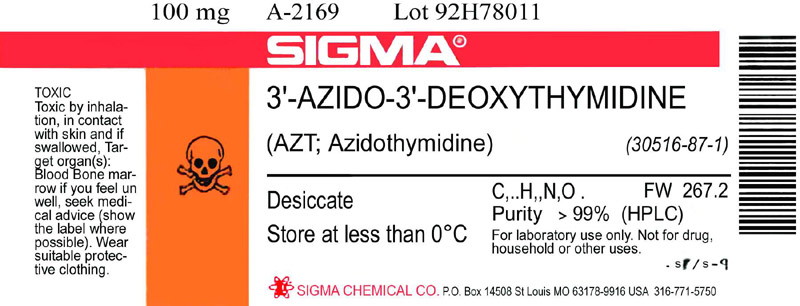Dear Friends,
Did you know, in the Physicians Desk Reference, available in any library or doctor's office, the top 10 chemotherapy drugs used in the
In fact, depending on how you interpret the statistics, more cancer patients die from the chemotherapy than of the cancer. The medical statisticians count these deaths as a success for chemotherapy because the patient did not die of cancer.
A select few know that chemotherapy drugs are not FDA approved. They are legally administered under the "Rule of Probable Cause", which states that experimental drugs may be used if the side effect of the drug is no worse than the end effect of the disease.
In fact, every chemotherapy bottle is stamped "For Experimental Use Only" and the patient must sign a release before the doctor will prescribe or administer it.
Here is a label for a toxic drug, formerly used to treat cancer and presently used to treat HIV/AIDS patients.
It clearly states “For Laboratory use only. Not for drug, household, or other uses.”

AZT, first synthesized in 1964, under a US (NIH) grant, was originally intended to treat CANCER, but failed to show efficacy and had an unacceptably high side effect profile.
The drug then faded from view until February 1985, when three scientists in the National Cancer Institute (NCI), collaborating with several other scientists at GlaxoSmithKlein(huge pharmaceutical co.), started working on it as an AIDS drug.
Skin cancer is the fastest growing cancer in the
Please tell your friends and family to visit www.BlackSalveInfo.com today, to learn about effective and inexpensive natural treatments that could save their lives!


